Why Are Calf Muscles Important?
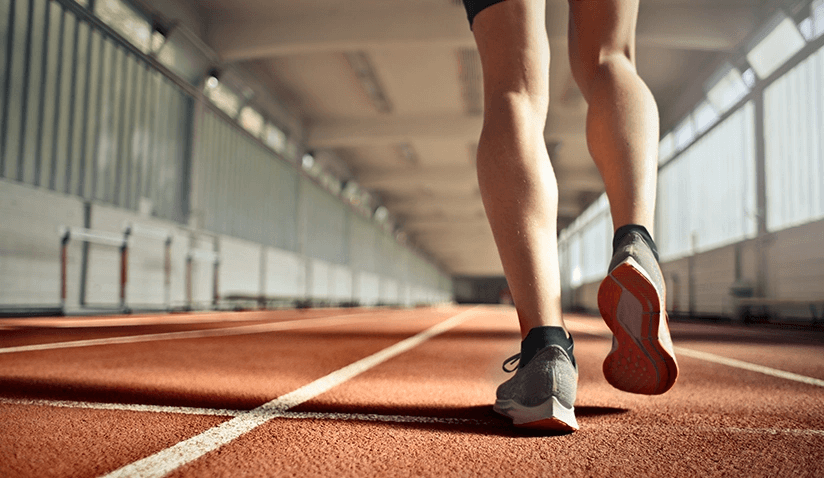
The gastrocnemius (Calf) muscle is a complex muscle that is fundamental for walking and posture. It affects the entire lower limb and the movement of the hip and the lumbar area. It is a muscular district called to work during daily and sports activities and to maintain the orthostatism. (2)
Structure
The muscle of the triceps surae is part of the muscles of the posterior area of the leg. It comprises 3 heads, 2 of which are superficial, the medial head and the lateral head, which form the gastrocnemius muscle, and a deeper muscle, the soleus muscle, and in a small percentage, the plantaris muscle (1)
What are calf muscles called?
Calf Anatomy
Gastrocnemius
Origin: (proximal attachments):
a. Medial head: medial condyle of femur and area just above condyle.
b. Lateral head: lateral condyle of femur and area just above condyle.
Insertion: (distal attachments):
Posterior calcaneus via calcaneal tendon
Soleus
Origin: (proximal attachments):
a. Proximal half of posterior surface of tibia along soleal line.
b. proximal 1/3 of posterior fibula.
Insertion: (distal attachments):
Posterior calcaneus via calcaneal tendon.
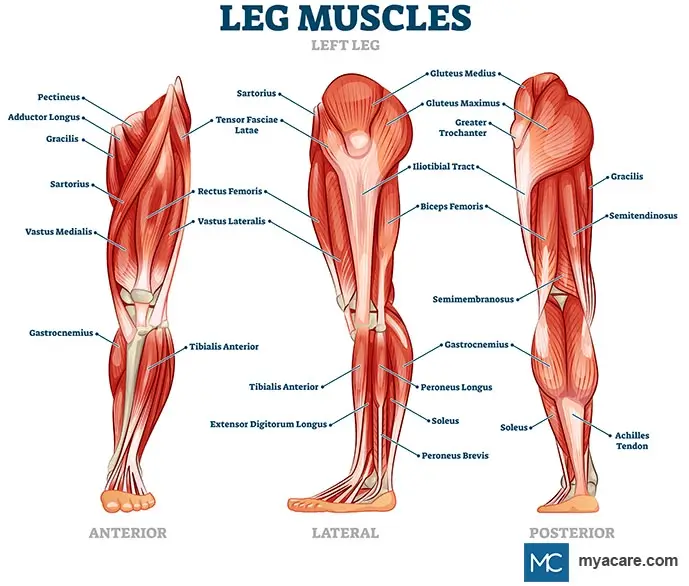
What is the function of the calf muscles?
The triceps surae determines the plantar flexion of the foot and its supination, and with the muscle heads that originate from the femur, it helps to flex the knee. It intervenes decisively in the posture of the foot (the sagittal plane) and in walking, running, and jumping.[1]
While walking, the quadriceps muscle and the gastrocnemius activate, in particular during the first phase of the foot support and the swing phase; in these movements, there is a complete extension of the knee. The gastrocnemius intervenes to stop the tibia from translating forward while the quadriceps extend the knee.[3] The medial head of the gastrocnemius muscle intervenes with greater power in plantar flexion, compared to the lateral head.[1] In a walk without running, it is the soleus muscle that intervenes most in the plantar flexion of the foot.[1
Muscles
Myofascial Continuum
When talking about a skeletal muscle, one should think not of a single district, but of a myofascial continuum. The gastrocnemius muscle tension is transmitted not only to the foot but to the knee, hip, and lumbar area, thanks to its fascial connections: the latter is the anatomical links with other tendons (insertion and origin) and the fascia covering muscles. A shortened gastrocnemius muscle could cause dysfunctions in the physiological movements of the hip, decreasing its anteversion.[10]
The calcaneal tendon is the widest and longest tendon of the human body.[1] The tendon connects with the plantar fascia of the foot (from the calcaneus to the metatarsal heads), which is considered fundamental for the stability of the different tarsal joints. Dysfunction of the gastrocnemius muscle negatively affects the tension of the plantar fascia, altering the physiological support of the foot.[13]
Why is calf strength so important?
Often overlooked while training, individuals tend to wonder - Do calf muscles matter? Is it necessary to train calves? Here are the significant reasons to incorporate calf training into your fitness routine:
- Reduce the risk of injury
- Improve fitness and performance levels
- Important for balance, posture and stability
- Reduce muscular imbalances
Why does this affect how we rehabilitate?
Important considerations in deciding how to rehab a torn calf muscle.
Soleus V Gastrocnemius
Soleus injuries require increased endurance training. The gastrocnemius is more explosive, requiring power/strength training to be able to sustain repeated spring efforts and powerful hip extension of the posterior chain
During running, the calf and ankle complex absorb and produce forces of 5-13 x bodyweight. Without sufficient progressive loading, the returning athlete is at risk of reinjury not only of the calf but also potentially of the Achilles Tendon.
It is important to incorporate heavy loading within the rehabilitation programme and not just bodyweight exercises and/or stretching. Bodyweight, low-load exercises will not prepare the individual for higher impact sports/activities.
What Strengthening Exercises to consider for injury prevention
- Restore Concentric strength
- Restore Eccentric Strength
- Restore Speed and power
How to build calf muscle
Each stage requires a progression from bodyweight to higher external loads bilateral to unilateral loading, increases in total volume and increases in speed. How an athlete progresses through these stages will depend on several factors i.e. pre-injury strength, severity of the injury, pain levels and previous fitness levels.
Due to the involvement of the calf in nearly all movement i.e. jogging, running, jumping, etc. the calf not only needs maximal strength but also endurance and rate of force development ( RFD) training to help prevent injury risk. Therefore, higher repetition training e.g 10-15 reps, or increased volume e.g. 8-12 sets, may also be required for adequate strength gains, as well as quicker, more powerful movements for RFD.
Eccentric exercises aim to strengthen the muscle when it is at its weakest and longest lengths. At these end range positions, muscles are at greater risk of tearing. Research shows that eccentric exercises are superior to other forms of rehabilitation when dealing with achilles tendon injuries and help with return to play after calf injuries.
What is the Best Exercise for Calf Muscles?
Wondering how to strengthen calf muscles? Here are some calf exercises to consider.
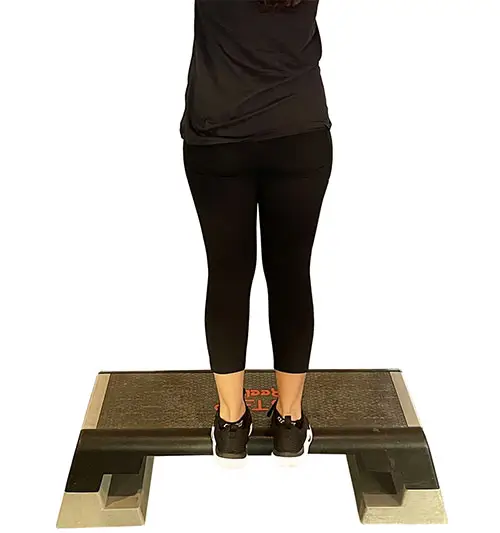 |
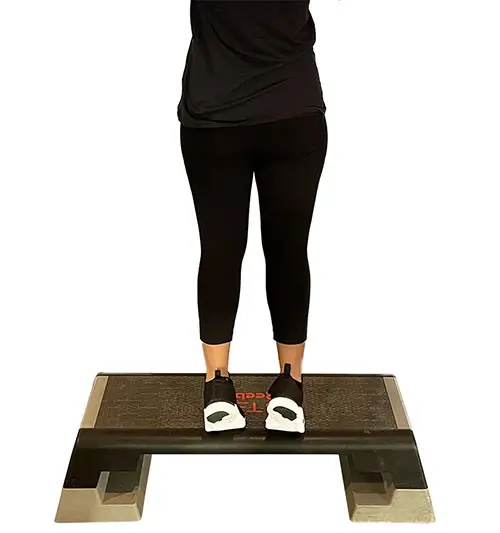 |
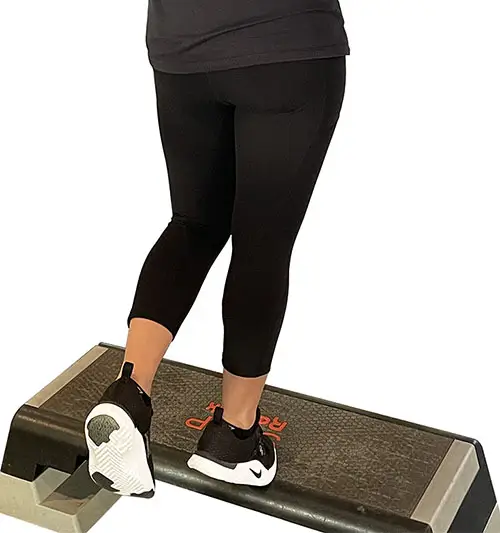 Calf Raise |
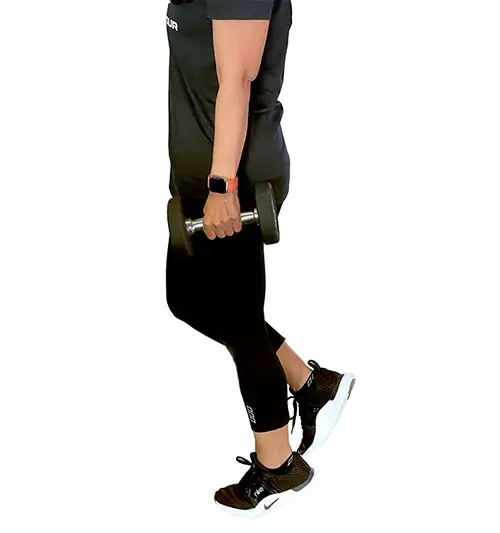 |
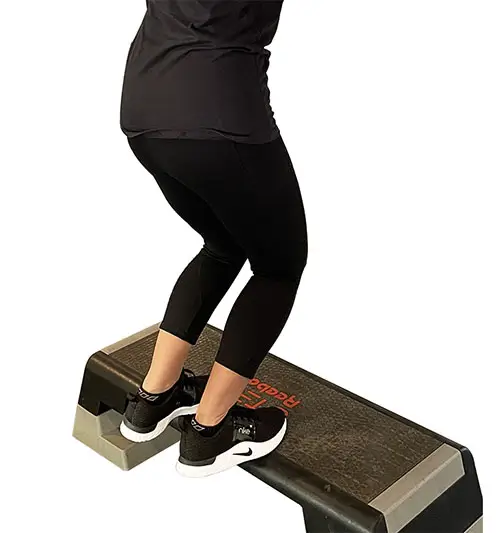 |
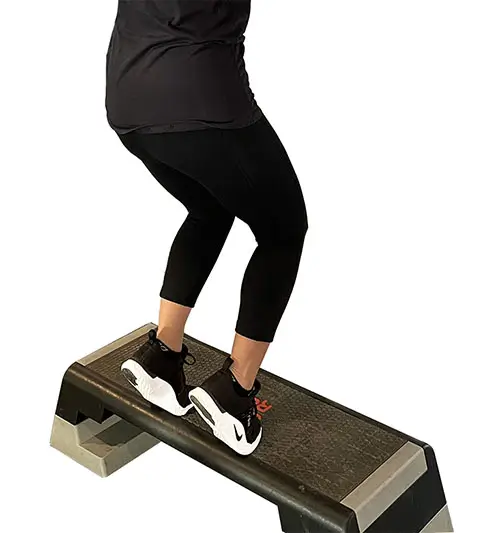 |
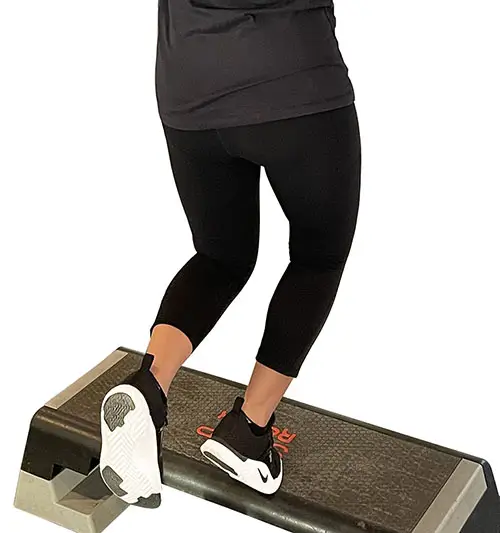 Calf Raise |

Jennifer Makin graduated from Salford University, Manchester, and has over 11 years of experience working across a broad range of private practices carrying out assessments on musculoskeletal injuries. She has worked extensively in semi-professional football providing pre/post-event massage, rehab plans, and pitch-side management.
References
Featured Blogs



